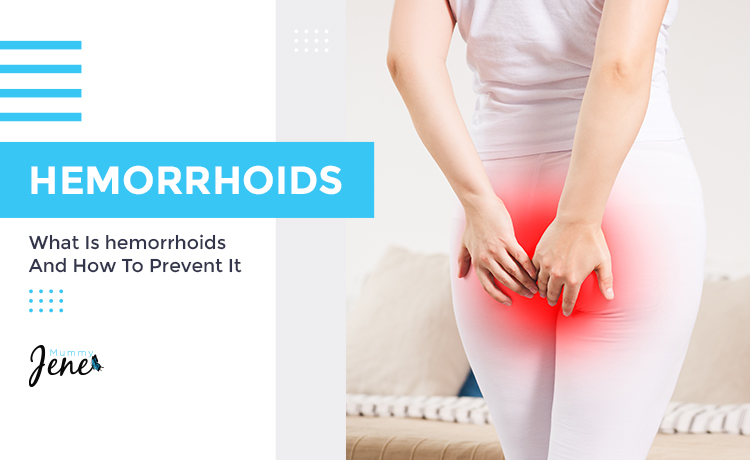Hemorrhoids, which are also commonly called piles, occur when the cluster of veins in the anus and rectum becomes inflamed and swollen, making their walls thin. These veins can sometimes become excessively dilated that they bulge out and cause discomfort and bleeding. This tends to happen with exertion around the rectal area, such as when you try to poop. While you can’t always see hemorrhoids, they resemble red or discolored lumps when they do become visible.
What Are The Kinds Of Hemorrhoids?
There are two major categories of hemorrhoids based on their location. These are:
- Internal hemorrhoids
- External hemorrhoids
Internal Hemorrhoids
These are located in the rectum, not readily visible, and are found too deep to be easily seen on inspection. They are also not usually felt either with little or no discomfort experienced. However, that’s where the (relatively) news starts to take a turn in another direction. When internal hemorrhoids are exposed to extra strain, such as when you try to defecate, they can cause bleeding (usually painless) into the stool. They may also protrude out of the anal opening, becoming prolapsed hemorrhoids. When they prolapse, they become painful and irritated.
External Hemorrhoids
It is a more inconvenient variety. External hemorrhoids are found on the anal surface. When visible, they are discolored lumps or bumps on the anal surface. Even though they carry similar symptoms as internal hemorrhoids, they are more likely to cause pain and discomfort, sometimes even with routine activities such as sitting down. In addition, it is more likely to become painful and swollen on defecation. When blood pools and forms a clot in the hemorrhoid, it becomes a very discomforting experience involving severe pain, swelling, and inflammation. The thrombosed hemorrhoid is typically seen as a hard lump on the anal surface.
How Can You Prevent Hemorrhoids?
While hemorrhoids can be triggered by some factors, including age, excessive straining for bowel movements, obesity, low fiber diet, regular heavy lifting, etc., there are some natural steps you can take to prevent them.
High Fiber Diet
Excessive straining is a factor that predisposes to the development of hemorrhoids. This kind of diet, in turn, can be made necessary by regular constipation, which requires excessive straining to defecate. A high fiber diet reduces constipation and makes defecation easier. It reduces the need to strain (which can lead to hemorrhoids)
Drink Plenty Of Water
This helps to keep your stool soft and easier to pass. Also, it reduces the need to strain during defecation.
Take Regular Bowel Movements
Not taking regular bowel movements can cause your stools to harden and become difficult to pass. This can cause you to strain during defecation (which may cause hemorrhoids to develop).
Exercise Regularly
This helps prevent constipation and subsequent straining during defecation.
Do Not Use The Loo For Too Long
If you sit for too long periods in the loo, it can cause the pressure in the rectal and anal veins to increase, causing them to become dilated and possibly chronically develop into hemorrhoids.
Conclusion
Hemorrhoids are dilation of the rectal and anal veins that develop due to some causes. This article has discussed some of the risk factors that can lead to hemorrhoids, also steps you can take to prevent the development of hemorrhoids.








